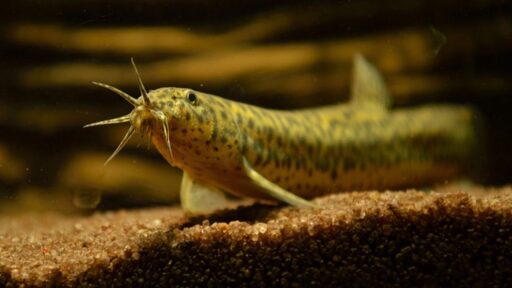- cross-posted to:
- fark
- cross-posted to:
- fark
Last year, a group of researchers won the 2024 Ig Nobel Prize in Physiology for discovering that many mammals are capable of breathing through their anus. But as with many Ig Nobel awards, there is a serious side to the seeming silliness. The same group has conducted a new study on the feasibility of adapting this method to treat people with blocked airways or clogged lungs, with promising results that bring rectal oxygen delivery one step closer to medical reality.
As previously reported, this is perhaps one of the more unusual research developments to come out of the COVID-19 pandemic and its associated shortages of ventilators and artificial lungs to assist patients’ breathing and prevent respiratory failure. The Cincinnati Children’s Hospital Medical Center team took their inspiration from the humble loach, a freshwater bottom-dwelling fish found throughout Eurasia and northern Africa. The loach (along with sea cucumbers) employs intestinal breathing (i.e., through the anus) rather than gills to survive under hypoxic conditions, thanks to having lots of capillary vessels in its intestine. The technical term is enteral ventilation via anus (EVA).
Would such a novel breathing method work in mammals? The team thought it might be possible and undertook experiments with mice and micro-pigs to test that hypothesis. They drew upon earlier research by Leland Clark, also of Cincinnati Children’s Hospital, who invented a perfluorocarbon liquid called Oxycyte as a possible form of artificial blood. That vision never materialized, although it did provide a handy plot point for the 1989 film The Abyss, in which a rat is able to “breathe” in a similar liquid.
From Ars Technica - All content via this RSS feed


